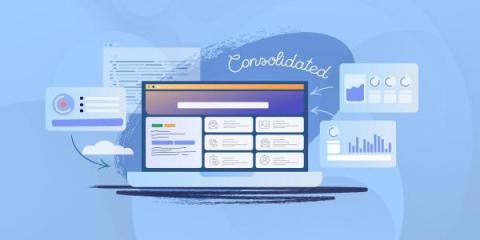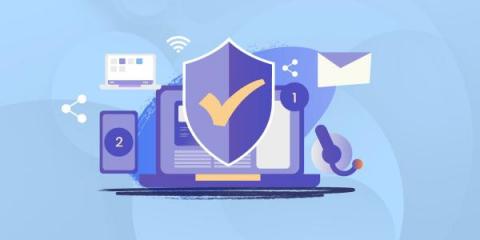Your 2022 ITSM Resolutions: What IT Pros Need to Do Next Year
It’s that time of year again when we get to make our New Year resolutions – with these things that hopefully get to last longer than the month of January. We might make a list of our New Year resolutions in our personal lives, but what about in our professional lives? Especially since any workplace-related resolutions might make our work lives easier or more rewarding (and ideally both). So what resolutions could you consider for 2022?









